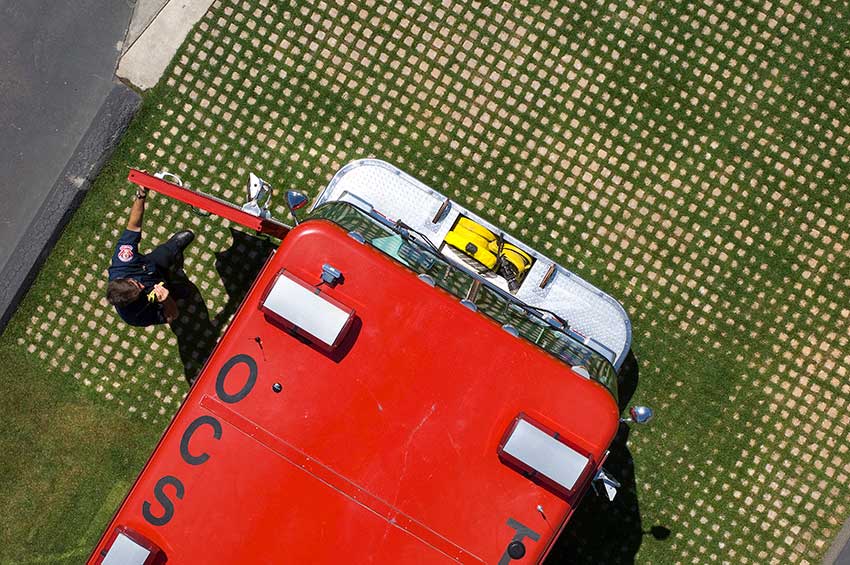Transforming Outdoor Spaces: Placemaking
Sustainability and Redwood Decking
For a period of time in the 20th century, there was a concern that different species of wood, including redwood, were being over harvested and that their use was not sustainable. That concern has led to the creation of organizations like the Forest Stewardship Council®(FSC®) and others who have developed processes to assure that wood as a natural resource is treated sustainably and responsibly. FSC® is recognized by LEED and SITES as a means of certifying the sustainable use of wood such as Forest Stewardship Council® (FSC®C013133) for a certified redwood forest.
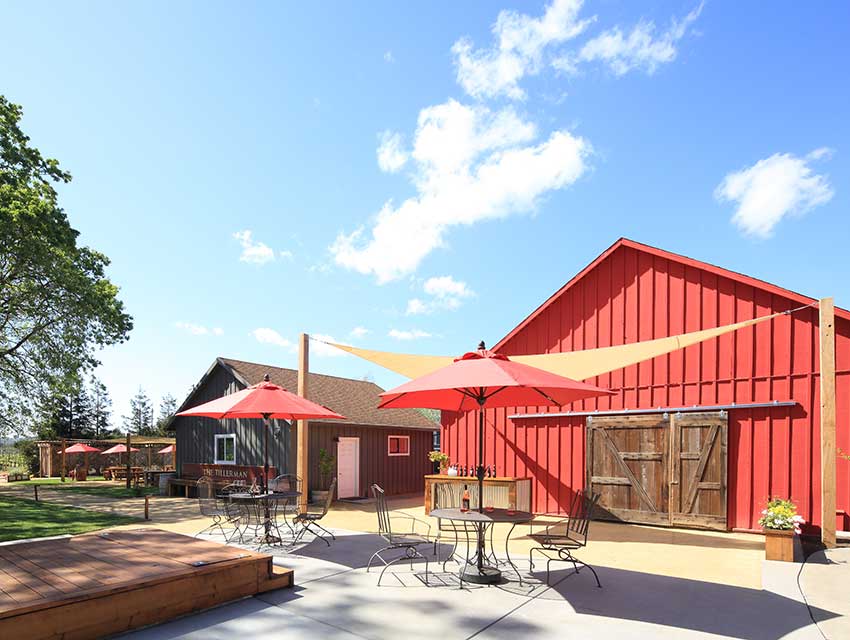
Photo courtesy of Humboldt Sawmill Company
Redwood is a very sustainable material to use for outdoor spaces, such as the deck and posts shown here at a California winery.
FSC® offers several different types of certifications for companies that grow, harvest, process, and deliver sustainably produced wood, including redwood. These certifications include:
Forest Management Certification: In order to receive FSC forest management certification, ten principles must be adhered to by a forest operation. Those principles include things like maintaining high conservation values, community relations, and workers’ rights. There are also requirements for monitoring the environmental and social impacts of the forest being managed. Each principle has criteria, which are the practical means of determining whether the principles are being complied with.
Chain of Custody Certification: FSC chain of custody certification is a standard used to verify that materials harvested from a certified forest have been identified and separated from noncertified and noncontrolled material. This is important because wood moves through a supply chain, from the forest to the market, and can change hands and ownership multiple times along the way. Having a process to differentiate FSC certified material from noncertified material helps assure that the products used on a construction project are in fact sustainable.
These certification processes are an important step in verifying that wood products used in construction are sustainable. Therefore, any design professional or homeowner concerned about the environment, or those with a preference for all-natural materials, are well served by specifying FSC certified redwood.
Environmental Product Declaration
The use of Environmental Product Declaration (EPDs) in the construction industry has become recognized as a means of providing total environmental transparency in building products so that architects, owners, and others can compare different products and make the best decisions on which products to use. What is the environmental performance of redwood decking vs. other non-wood alternatives? Based on the findings of an independent Life-Cycle Assessment (LCA) and associated EPD, it is generally much better to specify redwood.
Since redwood trees, like all other trees, consume carbon dioxide and emit oxygen, they naturally sequester carbon dioxide and thus remove it from the atmosphere. This directly helps to offset the global warming issues caused by excess carbon dioxide emissions from other sources. As such, it is common to see wood products, including redwood, listed in an EPD with a negative number for global warming potential. In fact, the amount of carbon stored in redwood decking is equivalent to about 10 times the total carbon dioxide emissions released during the manufacturing process.
Regarding the other impact categories redwood performs favorably as well, particularly compared to other building products such as composite or petroleum-based plastic decking. Low carbon emissions during the manufacturing process and carbon storage during the service life of redwood lumber are positive environmental attributes that should be considered when selecting lumber and timber products.
Conclusion
Outdoor spaces require attention to design and are a key component of achieving project sustainability. By understanding different options for materials, systems, and strategies, the overall design and performance of these outdoor spaces can support and enhance their intended use and benefits to the people who use them.
Notice
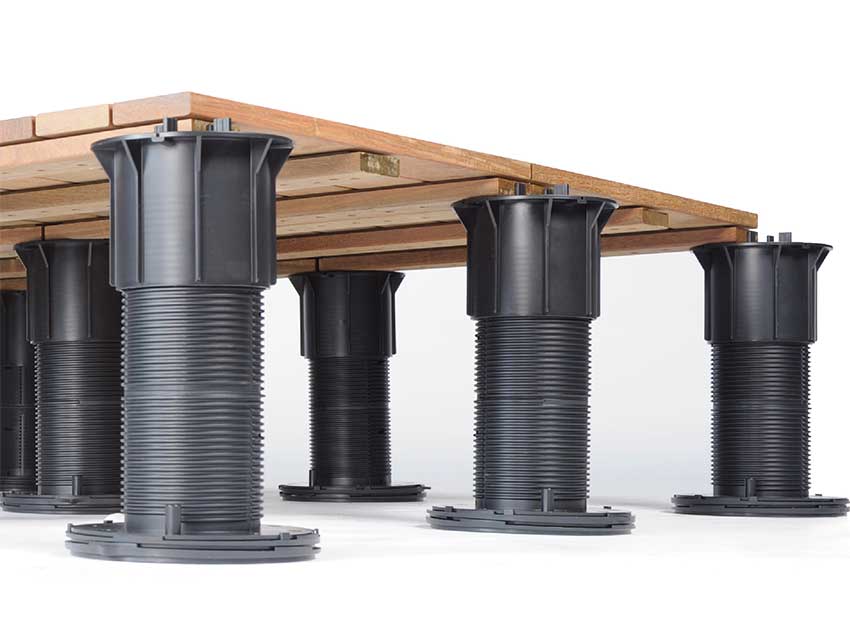
www.bisonip.com
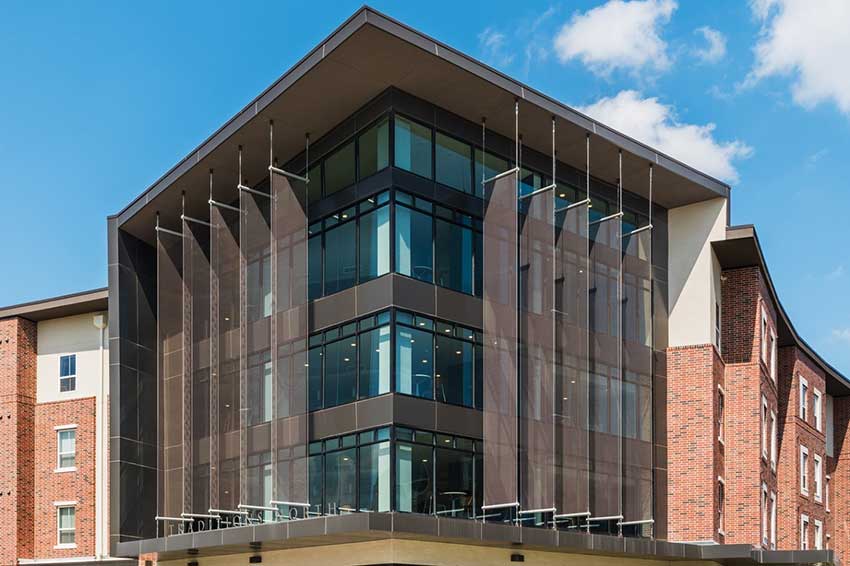
www.cascade-architectural.com
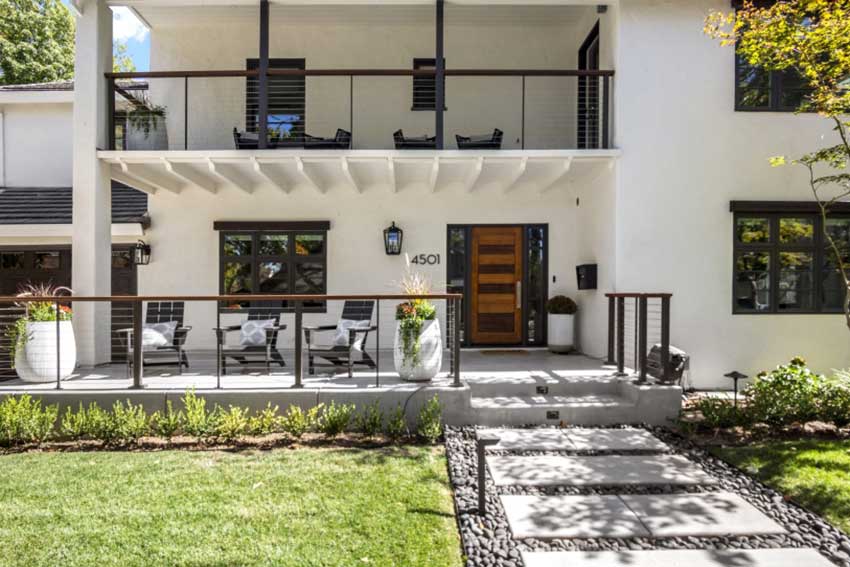
www.feeneyinc.com
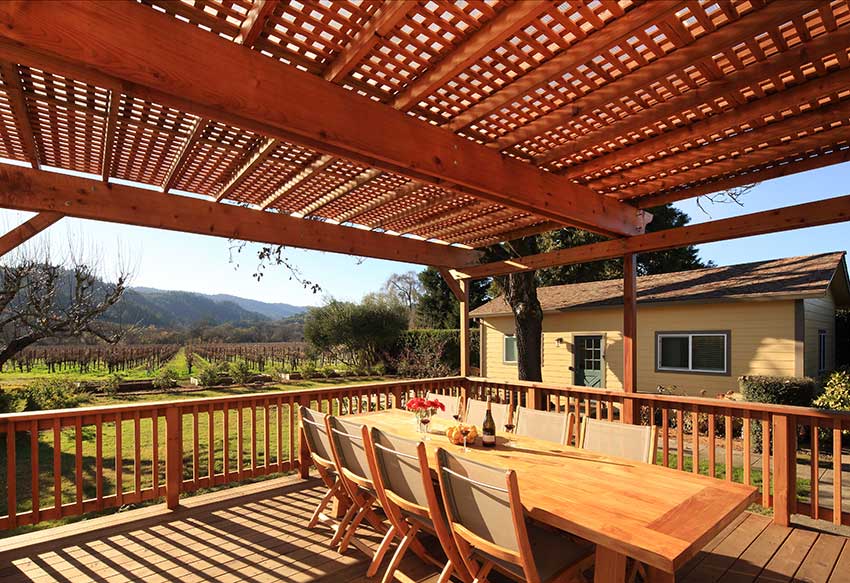
www.getredwood.com
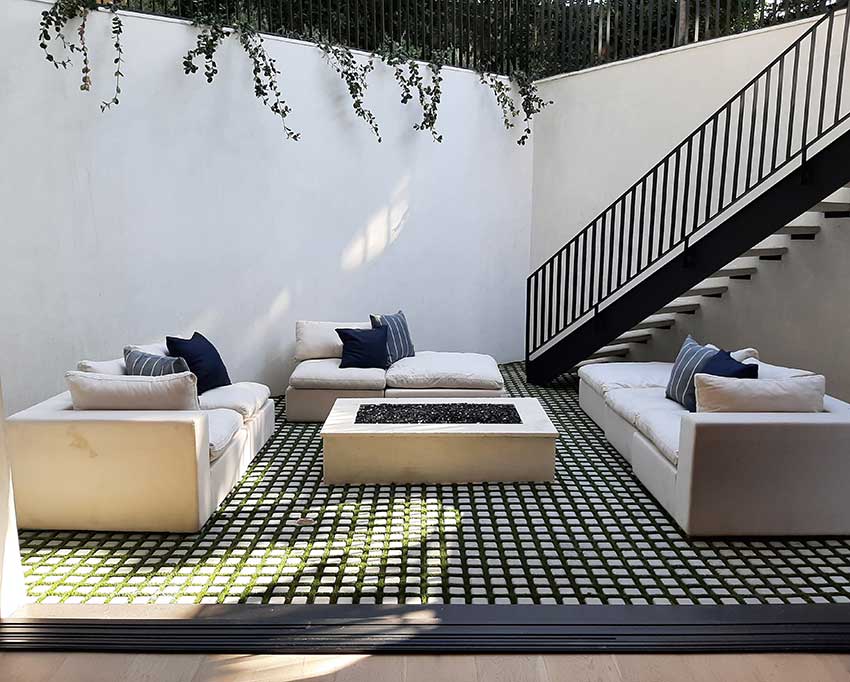
www.soilretention.com





